What does G1MagneG2 stand for in coffee? how to distinguish the grades of Ethiopian coffee beans?
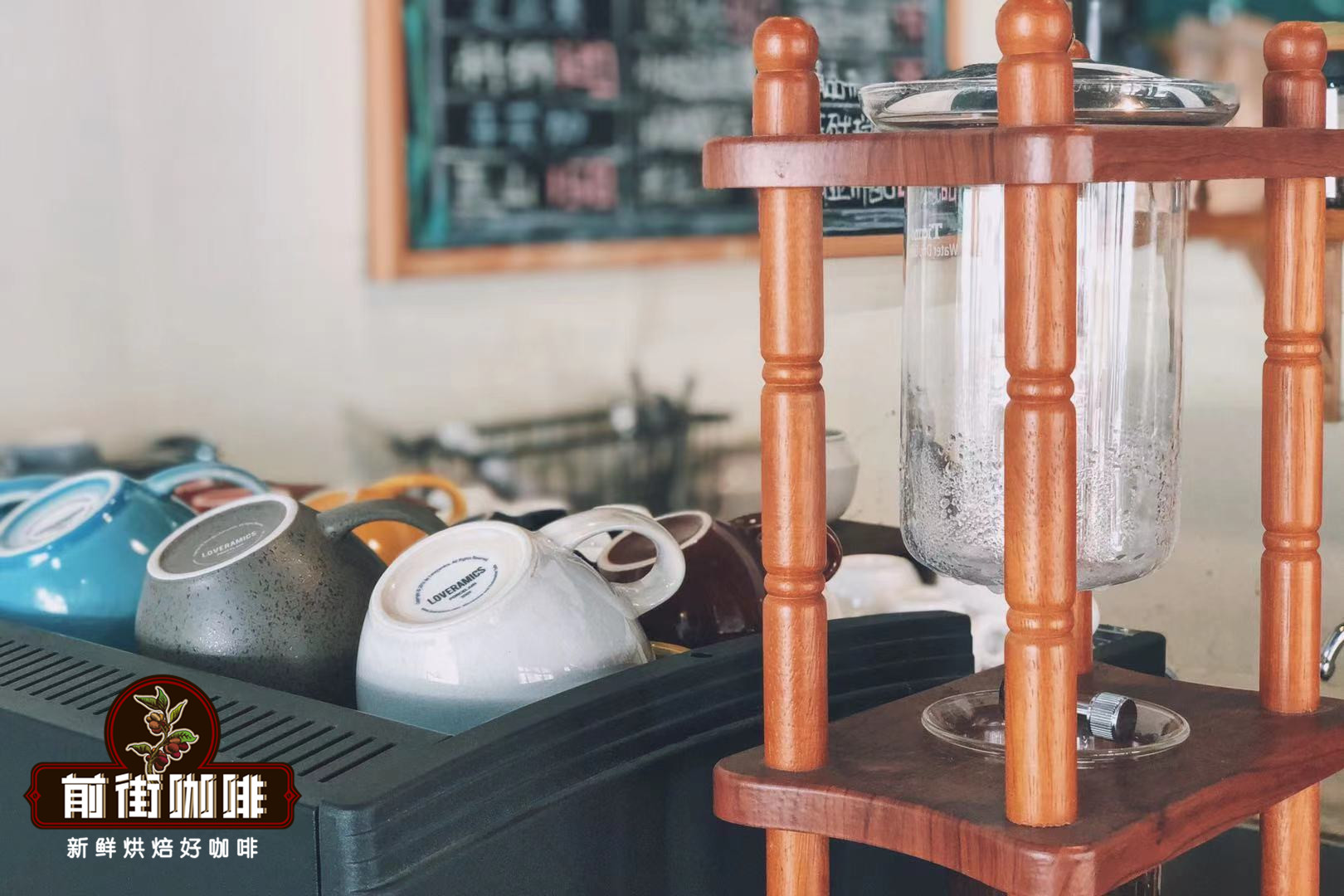
Professional coffee knowledge exchange More coffee bean information Please pay attention to coffee workshop (Weixin Official Accounts cafe_style)
As the concept of specialty coffee became more and more popular, many people began to learn to buy their own coffee beans, grind, and brew. Have you noticed that there are many mysterious letters on the coffee bag, such as AA and G1? What do they all mean? This article introduces the meaning of the letters on the coffee packaging bag.
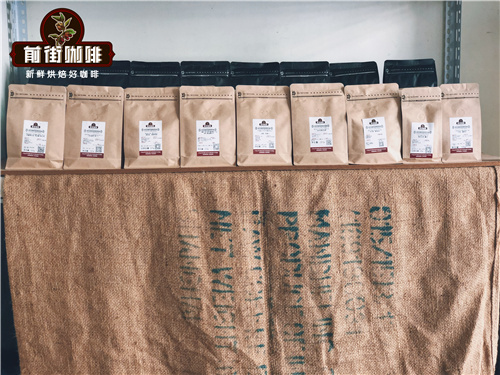
Ethiopia (graded by percentage of defective beans)
Prior to the emergence of the Ethiopia Commodity Exchange (ECX), Ethiopia's coffee export grades were established by the Cupping and Liquoring Unit of the Ministry of Agriculture, which graded coffee green beans mainly by the number of defective beans contained in 300g.
level
Number of defective beans (per 300g)
Grade 1
≤3
Grade 2
4-12
Grade 3
13-25
Grade 4
26-45
Grade 5
46-90
Generally, the washing treatment is G1-G2. Due to the technical problems of solarization treatment at that time, the number of defects of solarization raw beans is relatively large, generally G3-G5. With the improvement of solarization treatment technology, the present solarization beans can also reach G1-G2 grade.
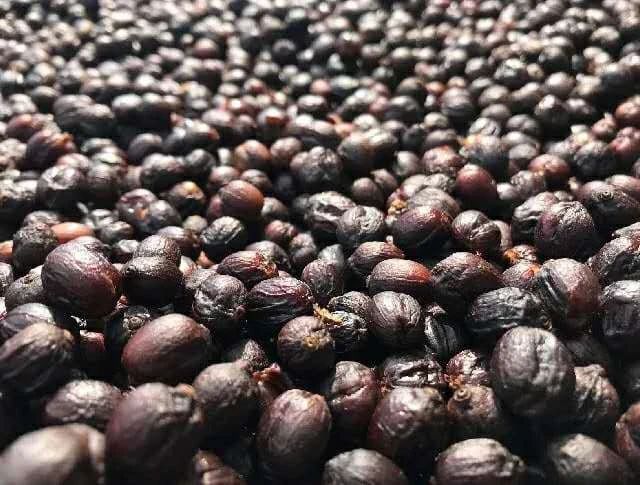
Since the establishment of ECX (Ethiopian Commodity Exchange) in 2008, green coffee beans have been graded using a combination of physical attributes and cup flavor characteristics.
ECX defines all coffee as unwashed and washed according to treatment into three types:
a. Speciality has few defects and high cup taste quality
b. Commercial does not reach the fine grade, but it is higher than the Local /Domestic consumption grade.
c. Local/Domestic Coffee with relatively poor flavor due to high number of defective beans (immature beans), over-season and poor storage.
Among them, fine and commercial are aimed at the export international market. ECX divides green coffee beans into nine grades according to the total score of physical attribute characteristics and cup test flavor characteristics, among which physical characteristic scores account for 40% and cup test quality scores account for 60%.
Physical characteristics (40%):
Washing treatment: number of defects (20%), appearance size (10%), color (5%), odor (5%)
Non-washing treatment: number of defects (30%), odor (10%)
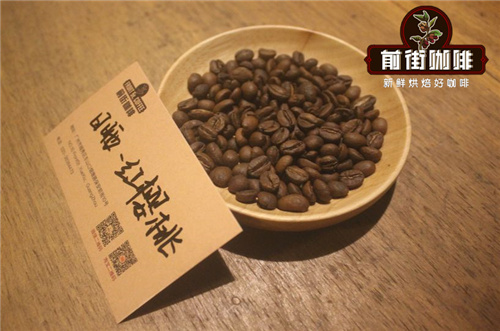
Cup mass (60%)
level
score
water washing
non-washing
Grade 1
91-100
91-100
Grade 2
81-90
81-90
Grade 3
71-80
71-80
Grade 4
63-70
63-70
Grade 5
58-62
58-62
Grade 6
50-70
50-70
Grade 7
40-49
40-49
Grade 8
31-39
31-39
Grade 9
20-30
20-30
G1-G3 were cup-tested again according to SCAA standard, and their flavor attributes were evaluated in more detail. G1 and G2 with no less than 85 points were rated as Q1 grade, G1 ,G2 and G3 with 80 to 85 points were rated as Q2 grade, and all G1,G2 and G3 with less than 80 points were rated as G3 grade.
Q1 and Q2 are classified as fine grade exports. G4- G9 remain the same classification, with G3 classified as commercial grade exports.
Kenya (graded by particle size)
Kenyan coffee grading is mainly based on coffee particle size, usually divided into eight grades.
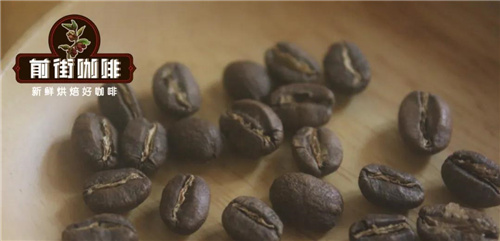
E (elephant bean): The "E" here stands for Elephant, that is,"elephant", but not the elephant bean (Maragogype) in the coffee bean variety, it is a kind of abnormal development, two seeds intertwined with each other, forming a "seemingly one" bean, which is regarded as a defect. Generally speaking, a fruit will have two seeds, face to face together, so there will be a flat side, called flat beans, mother beans. An E-grade bean was a bean that had two seeds that fused together during the process of growth and became extremely large. Grade E beans are about 18 mesh in size (1/64 inch in one mesh) and are rare.
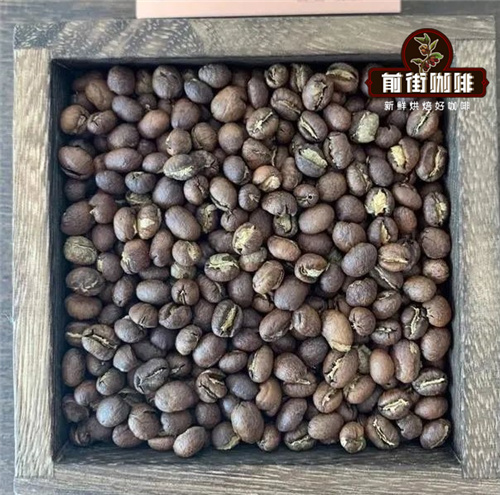
AA: The size of this grade is about 17~18 mesh (about 6.7~7.1mm), which is the Kenyan coffee classification that most people often hear, and in fine coffee, this grade is usually called AA TOP, which is also a bean that most coffee shops will promote, but it is not AA on behalf of the best, this is just the bean particle size can not be confused with flavor.
AB: Most coffee beans are in this classification, the reason why AB is mainly because the size of A is 6.80 mm, B is 6.20 mm, and these two sizes of coffee beans (A and B) will be mixed together, so it is called AB, the size is about 15~16 mesh (about 6.0~6.4mm).
C: The particle size is about 14~15 mesh (about 5.6~6.0mm), which is smaller than Class B.
PB: Peaberry, also known as small round beans, can also be called male beans. Compared to ordinary flat beans, this is also rare, accounting for about 10% of all coffee beans, mainly because only one seed in the fruit is fully developed, resulting in a small and round bean. Some people will love PB flavor, so PB will be singled out for sale.
TT: This type of coffee bean is a light bean selected from AA and AB beans through an air separator, usually light in weight and sub-standard in hardness, and there are cracked and defective beans.
T: Lighter beans, damaged beans, and even broken beans selected from C grade beans.
MH/ML: This type of coffee beans are not exported, usually overripe and dropped on the ground, poor quality, accounting for about 7% of all coffee beans, only for the Kenyan domestic market.
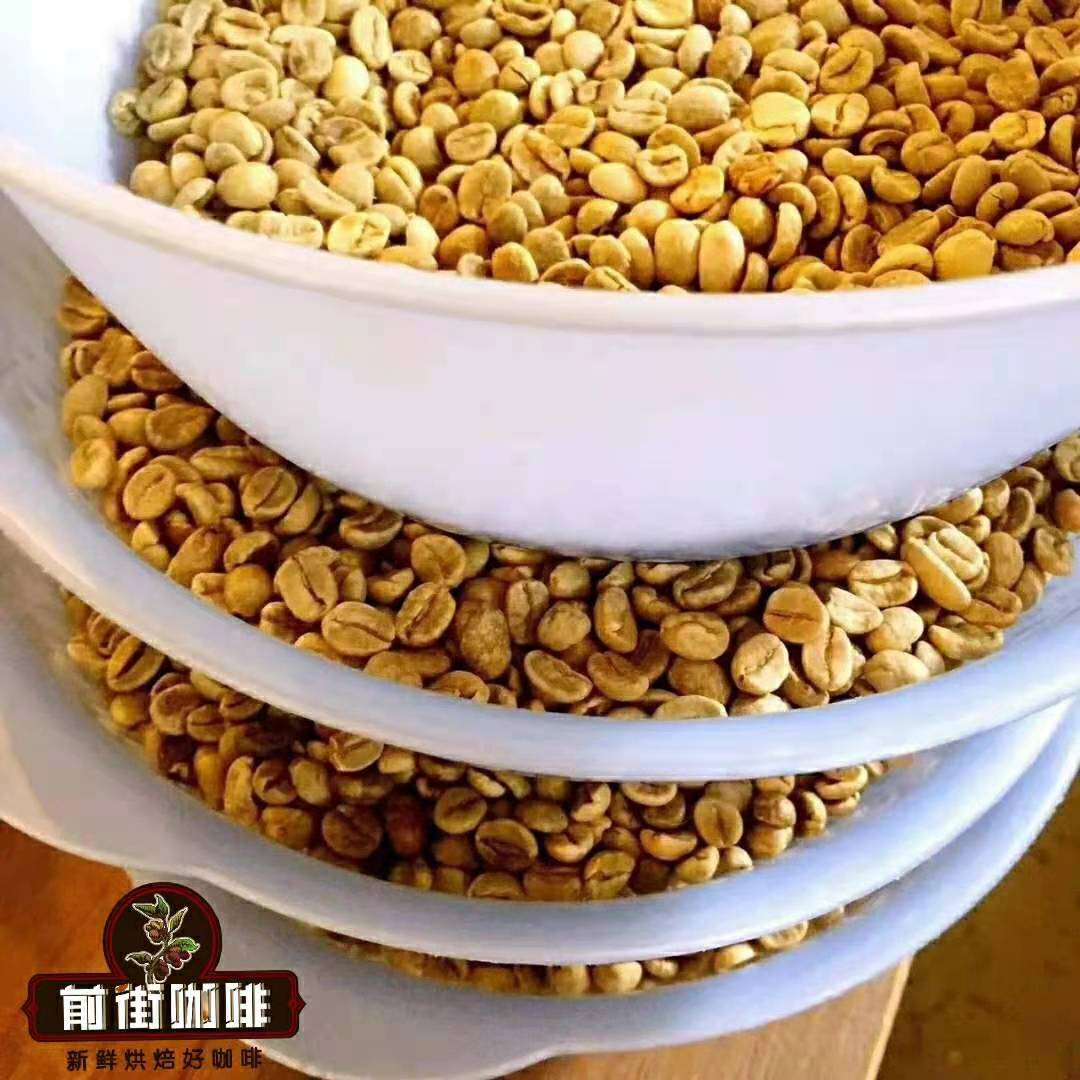
There are many other countries graded by raw bean particle size, such as Tanzania, Rwanda, Colombia, Jamaica and so on.
Colombia
level
size standard
Supreme Screen 18+
95% 18 mesh or more
Supreme
95% 17 + mesh
Excelso Extra
95% 16 mesh or more
Excelso EP
14-16 mesh
U.G.Q
More than 14 items
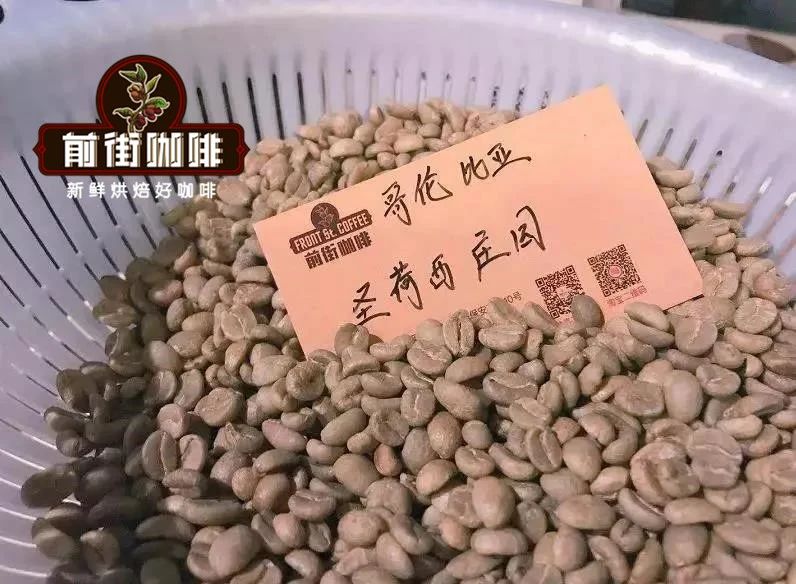
Jamaica
level
Size standard (defect rate less than 3%)
NO.1
More than 17 items
NO.2
More than 16 items
NO.3
More than 15 items
PB
More than 14 items
Costa Rica, Panama, Guatemala (graded by raw bean hardness)
At the same latitude and the same plot, the higher the altitude, the greater the temperature difference between day and night, the longer the coffee growth period, the harder the beans, the more nutrients absorbed in the beans, and the more obvious the flavor substances.
level
altitude
SHB (Strictly Hard Bean)
≥1400m
HB (Hard Bean)
1200-1400m
SH (Semi Hard Bean)
1100-1200m
EPW (Extra Prime Washed)
900-1100m
PW (Prime Washed)
800-900m
EGW (Extra Good Washed)
600-800m
GW (Good Washed)
≤600m
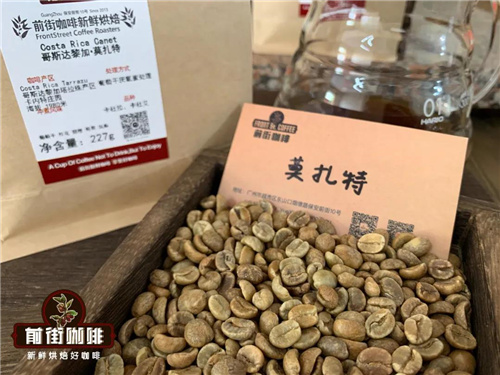
El Salvador, Honduras (graded by altitude)
level
Elevation (El Salvador)
Elevation (Honduras)
SHB (Strictly High Grown)
≥1200m
≥1221m
HG (High Grown)
900-1200m
915-1220m
S (Standard)
--
610-915m
CS (Central Standard)
500-900m
--
Brazil (graded by particle size, defect rate, cup score)
Brazil believes that a perfectly flawless bean is NY.1, and a perfectly flawless bean is non-defective. Therefore, among the raw beans in Brazil, the best one is NY.2.
According to coffee bean size (NY grading method)
type
quality
NY.2
17-18 FC
NY.2/3
14-16 FC
NY.3/4
DD Quality
NY.4/5
14-16 GC
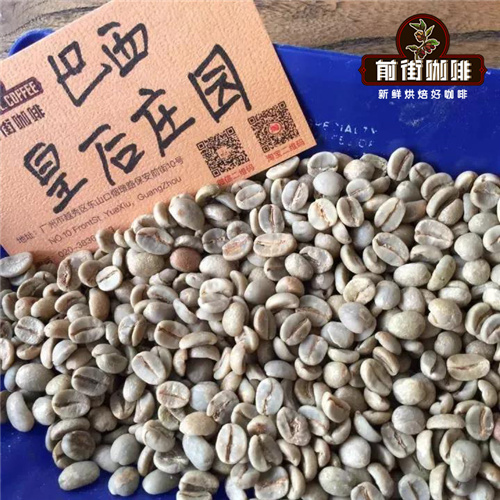
By number of defective beans
type
Number of defective beans (per 300 g)
NY.2
6
NY.2/3
9
NY.3
13
NY.3/4
21
NY.4
30
NY.4/5
45
NY.5
60
NY.5/6
>60
According to the cup test level, it is divided into:
Fine Cup(FC)、Fine、Good Cup(GC)、Fair Cup、Poor Cup、Bad Cup
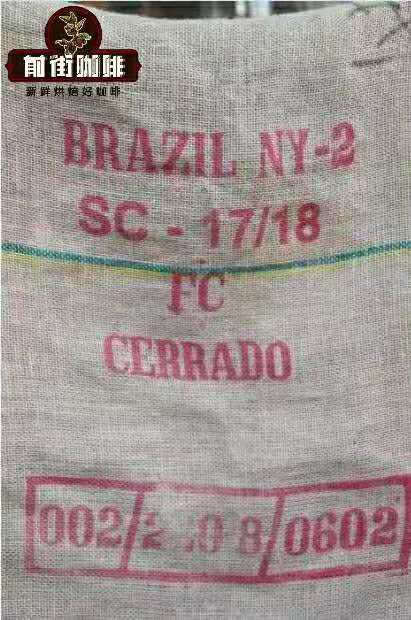
For example: Brazil Cerrado NY-2 SC-17/18 FC
This means that Brazil's Xilado region has a NY rating of 2, coffee bean size of 17-18 mesh, and flavor quality of Fine Cup.
More fine coffee beans, please add private WeChat Qianjie Coffee, WeChat: kaixinguoguo0925
Important Notice :
前街咖啡 FrontStreet Coffee has moved to new addredd:
FrontStreet Coffee Address: 315,Donghua East Road,GuangZhou
Tel:020 38364473
- Prev

Is instant coffee an extract of coffee beans? Are instant coffee beans roasted?
Professional coffee knowledge exchange More coffee bean information Please pay attention to coffee workshop (Weixin Official Accounts cafe_style) Coffee is the extract of coffee beans Raw coffee beans are roasted at a high temperature of more than 165 C, and complex reactions occur, which will generate many aroma substances. This is essentially the same as the various aromas of tea. Roasted coffee beans can be sold directly, freshly ground before brewing;
- Next

KSJ
In order to distinguish between good quality coffee beans and poor quality coffee beans, manufacturers have to grade coffee. Coffee is usually graded according to the defect rate and the size of beans.
Related
- Beginners will see the "Coffee pull flower" guide!
- What is the difference between ice blog purified milk and ordinary milk coffee?
- Why is the Philippines the largest producer of crops in Liberia?
- For coffee extraction, should the fine powder be retained?
- How does extracted espresso fill pressed powder? How much strength does it take to press the powder?
- How to make jasmine cold extract coffee? Is the jasmine + latte good?
- Will this little toy really make the coffee taste better? How does Lily Drip affect coffee extraction?
- Will the action of slapping the filter cup also affect coffee extraction?
- What's the difference between powder-to-water ratio and powder-to-liquid ratio?
- What is the Ethiopian local species? What does it have to do with Heirloom native species?

